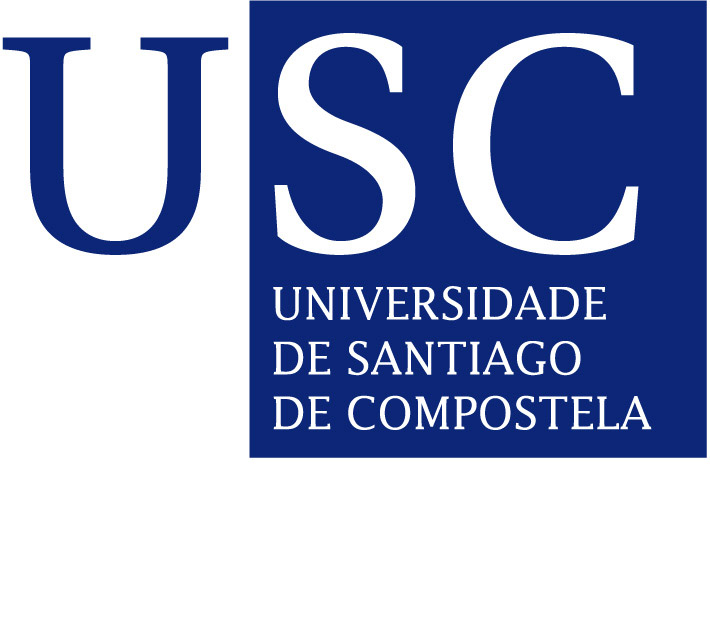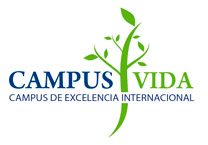-
CiQUS researchers in collaboration with IBM Research performed on-surface intramolecular Diels-Alder reaction for the first time, unequivocally demonstrating that the reaction has occurred.
-
The work, now published in Angewandte Chemie, represents a new step towards controlling the molecular world.

To visualise the reaction intermediates, researchers employed advanced microscopy techniques reaching the submolecular level.
Reference
Jesús Castro-Esteban, Florian Albrecht, Shadi Fatayer, Dolores Pérez, Leo Gross, Diego Peña. An on-surface Diels–Alder reaction. Angew. Chem. Int. Ed., 2021. https://doi.org/10.1002/anie.202110311
First reported in 1928 by Otto Diels and Kurt Alder, the Diels-Alder reaction is one of the most relevant transformations in organic chemistry. Its capacity to generate six-membered rings enables the synthesis of different compounds with numerous chemical and industrial applications. The synthesis of morphine was among these first relevant applications of the Diels-Alder reaction. Since then, this iconic reaction has been used for the preparation of products such as pharmaceuticals, pesticides or fragrances.
In the Diels-Alder reaction, two molecules known as diene and dienophile react to form two new C-C bonds between the reaction partners. Both structures must be properly arranged in space for the reaction to take place. In solution, both molecules end up meeting in the reaction medium, but the task is much more complex studying an on-surface Diels-Alder. A more feasible alternative consists in selecting a single molecule that includes both the diene and the dienophile groups and facilitating its spatial proximity in order to promote an intramolecular Diels-Alder reaction.
Centro Singular de Investigación en Química Biolóxica e Materiais Moleculares (CiQUS) researchers in collaboration with IBM Research have now carried out an on-surface intramolecular Diels-Alder reaction for the first time, unequivocally demonstrating that the reaction has occurred. In this way, it has been possible to identify different intermediates, a series of molecules briefly generated during the transformation which would be very difficult to generate in solution due to their great instability in environmental conditions. These reaction intermediates provide valuable information to “understand the mechanisms of the transformation and apply this knowledge to design new reactions” says Diego Peña, Principal Investigator at CiQUS and co-author responsible for the study
To visualise the reaction intermediates, researchers employed advanced microscopy techniques reaching the submolecular level. “The key in this work was to design a high strained intramolecular system to facilitate the on-surface reaction” explains Jesús Castro-Esteban, first author of the study published in Angewandte Chemie. The study, result from the collaboration between experts from different fields, represents a new step towards controlling the molecular world and have been recently reported by popular websites in Chemistry such as Chemistry Views and Chemistry World.


